
Badrinath — Eternal Seat of Lord Narayan
Kedarnath, located in the Himalayas of Uttarakhand, is a sacred town housing the Kedarnath Temple, a major pilgrimage site of Lord Shiva, offering spiritual bliss and awe-inspiring mountain views.
Overview Of Badrinath
Badrinath is a revered pilgrimage town located at an altitude of around 3,300 meters in the Chamoli district of Uttarakhand. Surrounded by the towering Nar and Narayan mountain ranges and the mighty Neelkanth Peak, the town offers a breathtaking Himalayan setting that blends spirituality with natural beauty. The Alaknanda River flows gracefully through the valley, adding peace and charm to the sacred atmosphere of the region.
The Badrinath Temple, dedicated to Lord Vishnu in his form as Badri Narayan, is the heart of the town and a major stop on the Char Dham Yatra. Pilgrims from across India and abroad come here to seek blessings and immerse themselves in devotion. The temple’s colorful facade and intricate architecture stand out beautifully against the backdrop of snow-capped peaks, making it a spiritual as well as a visual delight.
Beyond its religious importance, Badrinath is also known for its natural surroundings and unique Himalayan landscapes. The town is dotted with hot water springs, meadows, and scenic trails that attract both devotees and nature lovers. Visitors often find themselves captivated by the crisp mountain air, the sound of rushing rivers, and the vibrant cultural traditions that bring life to the town. Whether for prayer, exploration, or peaceful reflection, Badrinath leaves every traveler with a sense of fulfillment and tranquility.

History & Religious Significance
Badrinath is not only a beautiful Himalayan town but also one of the holiest pilgrimage destinations in India. Dedicated to Lord Vishnu, it is considered a vital stop in the Char Dham and Chota Char Dham Yatras. The temple and its surroundings hold deep spiritual meaning, with countless stories, traditions, and beliefs passed down through generations. Pilgrims visit Badrinath seeking divine blessings, purity of soul, and a closer connection with the eternal presence of Lord Vishnu amidst the mighty Himalayas.
Key Highlights of Badrinath’s Religious Significance:
- One of the 108 Divya Desams – Badrinath is among the sacred shrines mentioned in ancient Tamil texts and is one of the most important Vishnu temples in India.
- Part of the Char Dham Yatra – Recognized as one of the four major dhams established by Adi Shankaracharya, it holds a central place in Hindu pilgrimage traditions.
- Legends of Lord Vishnu – Believed to be the place where Lord Vishnu meditated while Goddess Lakshmi took the form of a Badri tree to shield him from harsh weather.
- Connection to Mahabharata – It is said that the Pandavas crossed Badrinath on their way to Swargarohini (the path to heaven).
- Adi Shankaracharya’s Revival – In the 8th century, Adi Shankaracharya established the idol of Lord Badrinarayan in the temple, reviving regular worship and making it a central dham.
- Gateway to Liberation (Moksha) – Many devotees believe that a pilgrimage to Badrinath washes away sins and opens the path to salvation.
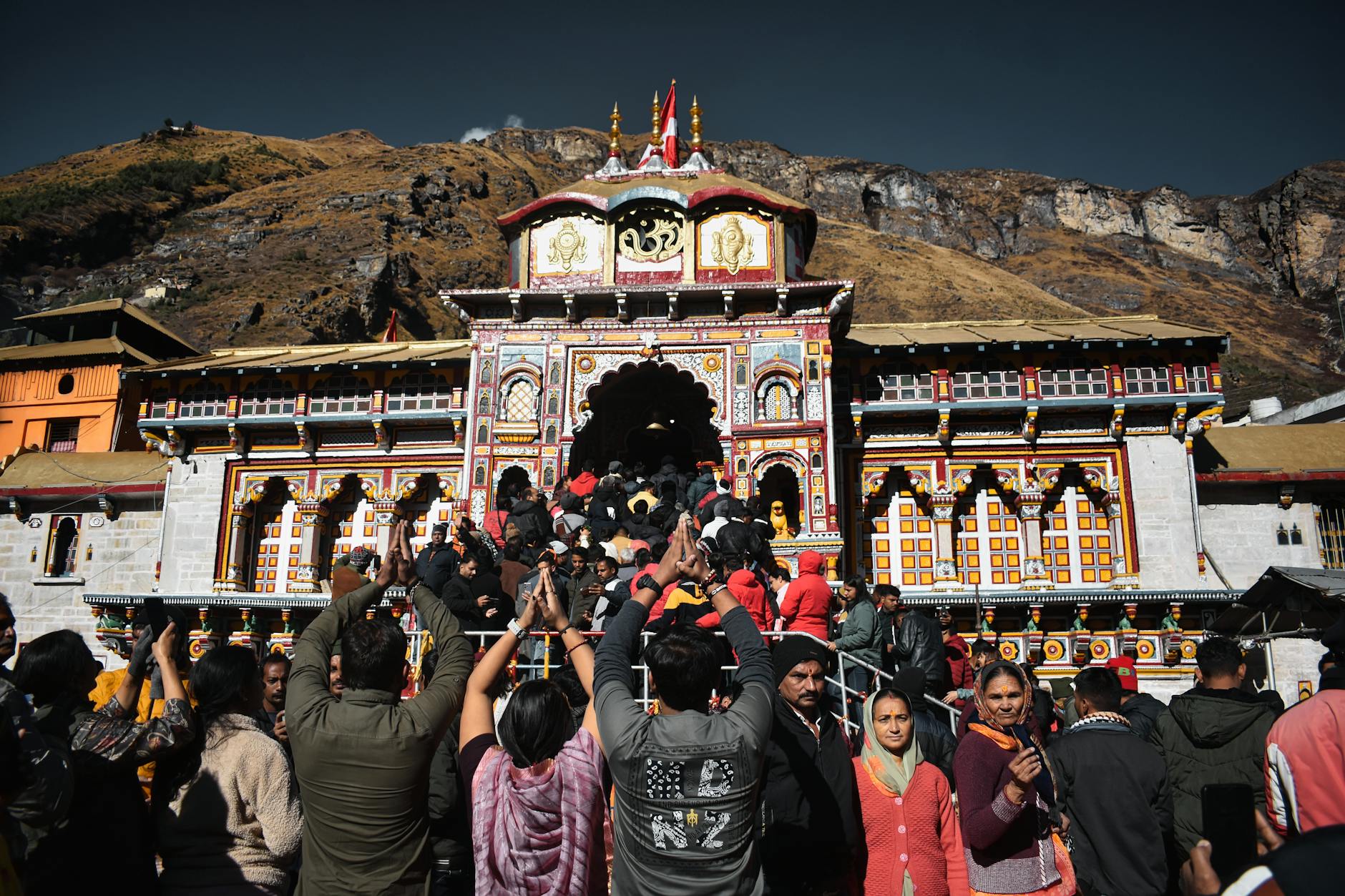
Symbolism of the Ganga in Hindu Philosophy
- Purity: Bathing in the Ganga is said to cleanse sins and free one from the cycle of rebirth.
- Life-giving force: The river sustains agriculture, supports life, and nourishes communities across North India.
- Spiritual journey For millions, the pilgrimage to Gangotri is symbolic of surrender, humility, and connection with the divine.
Gangotri’s significance is inseparable from the Ganga herself, who is not just a river but a divine force in Hindu thought.
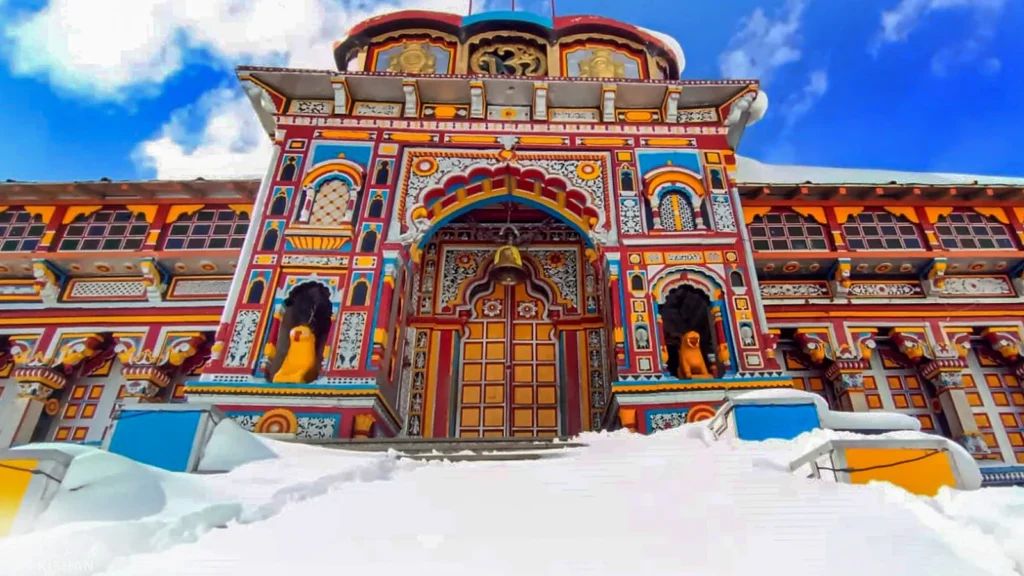
How to Reach Badrinath
Badrinath is well connected by road and can be reached directly by vehicles during the pilgrimage season.
| By Road | Badrinath is accessible by motorable roads. Regular buses and taxis operate from Rishikesh, Haridwar, and Dehradun to Badrinath via Joshimath. |
|---|---|
| By Rail | Nearest railway stations: Haridwar and Rishikesh. From there, continue the journey by road to Badrinath. |
| By Air | Nearest airport: Dehradun (Jolly Grant). Helicopter services are also available from Dehradun to Badrinath (seasonal and weather dependent). |
Best Time to Visit
The best months to visit Badrinath are May to October when the temple is open and the weather is favorable. Badrinath Temple usually opens in late April or early May and closes around October/November before heavy snowfall begins. Winters are extremely cold, and the temple remains closed during this period.
Things to Do
- Offer prayers at the sacred Badrinath Temple, dedicated to Lord Vishnu.
- Take a holy dip in the Tapt Kund (hot water spring) near the temple.
- Visit Mana Village, the last Indian village before the Tibet border.
- Explore natural attractions like Vasudhara Falls and Neelkanth Peak views.
- Enjoy the scenic beauty of the Alaknanda River valley.
Travel Tips & Safety
- Weather can change quickly — carry warm clothing and rain protection.
- Acclimatize gradually to avoid altitude sickness.
- Roads are narrow and winding — plan travel during daylight hours.
- Book accommodation in advance during peak pilgrimage season.
- Follow local customs and maintain cleanliness around the temple and town.
Quick Facts
Gallery

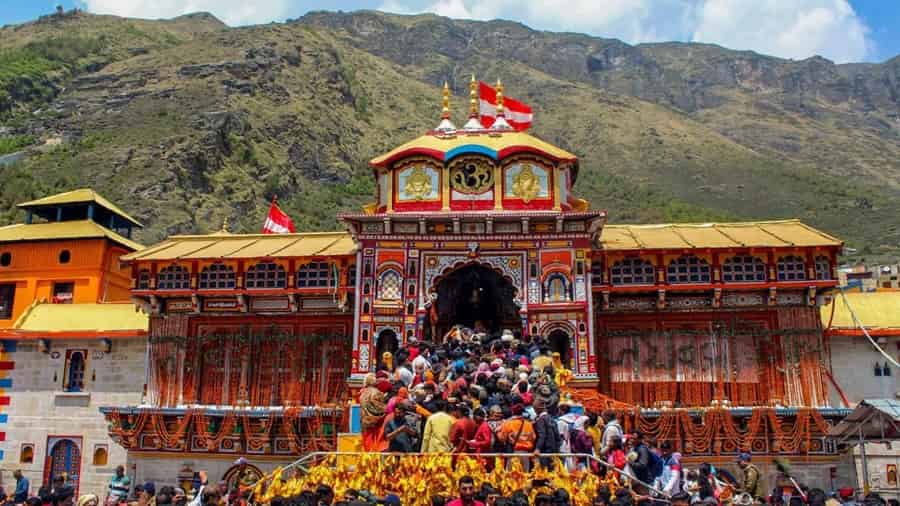
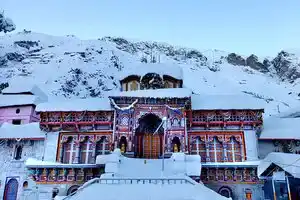

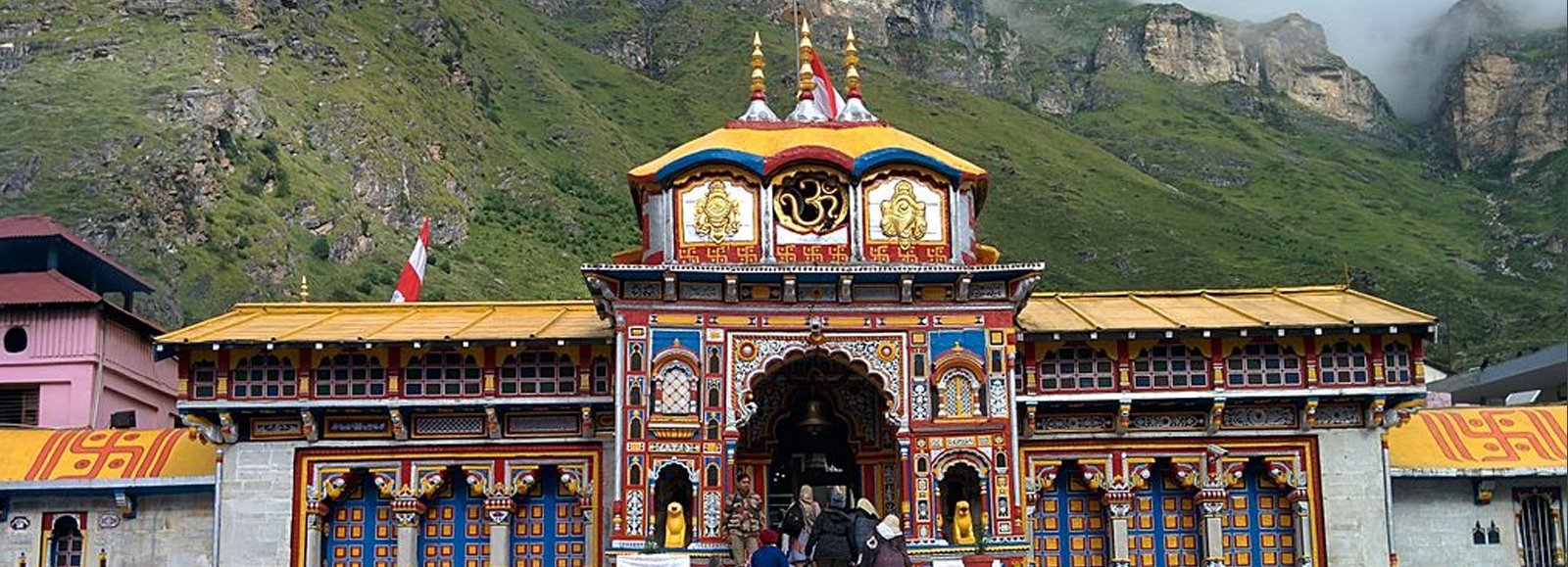
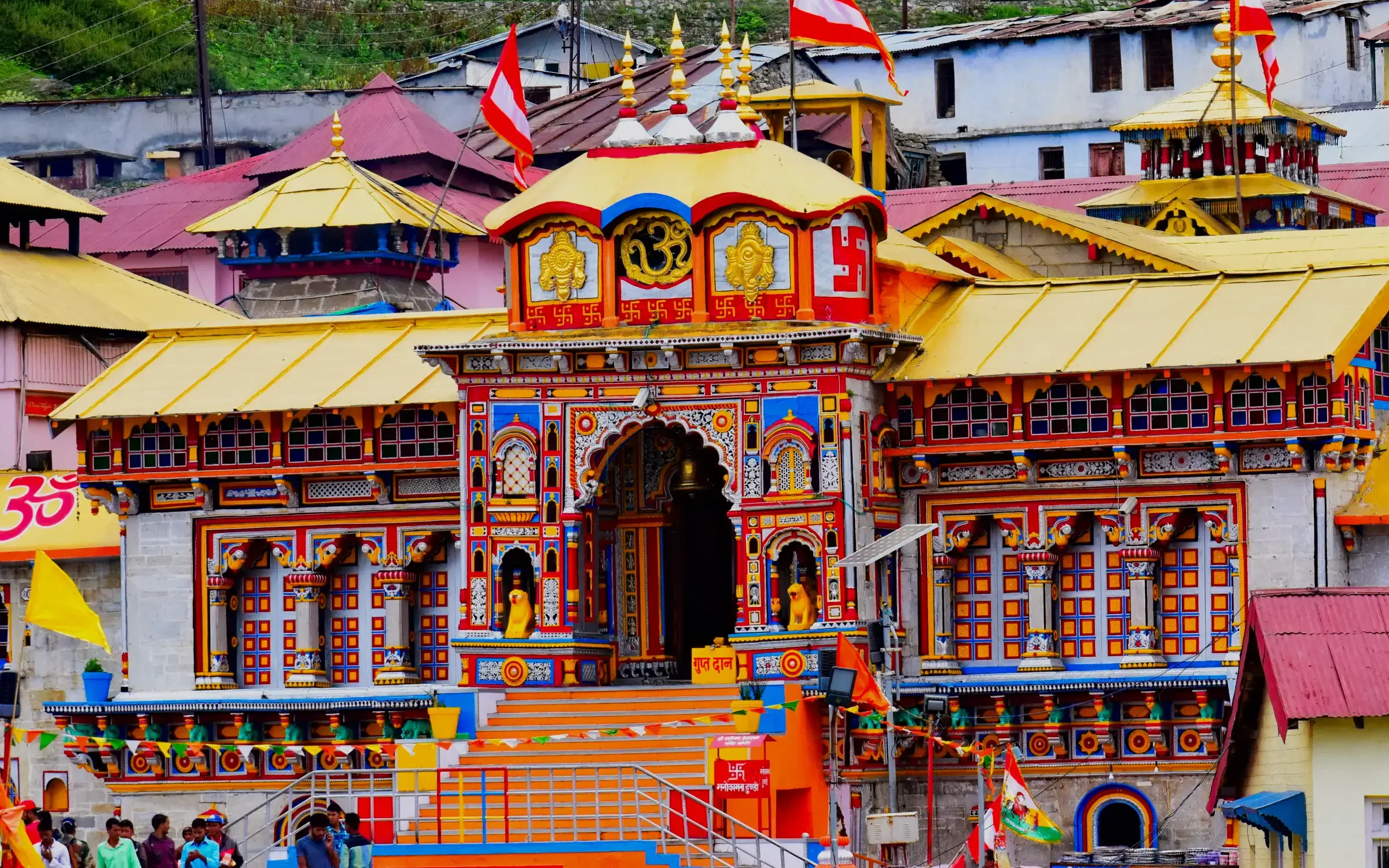
Nearby Attractions
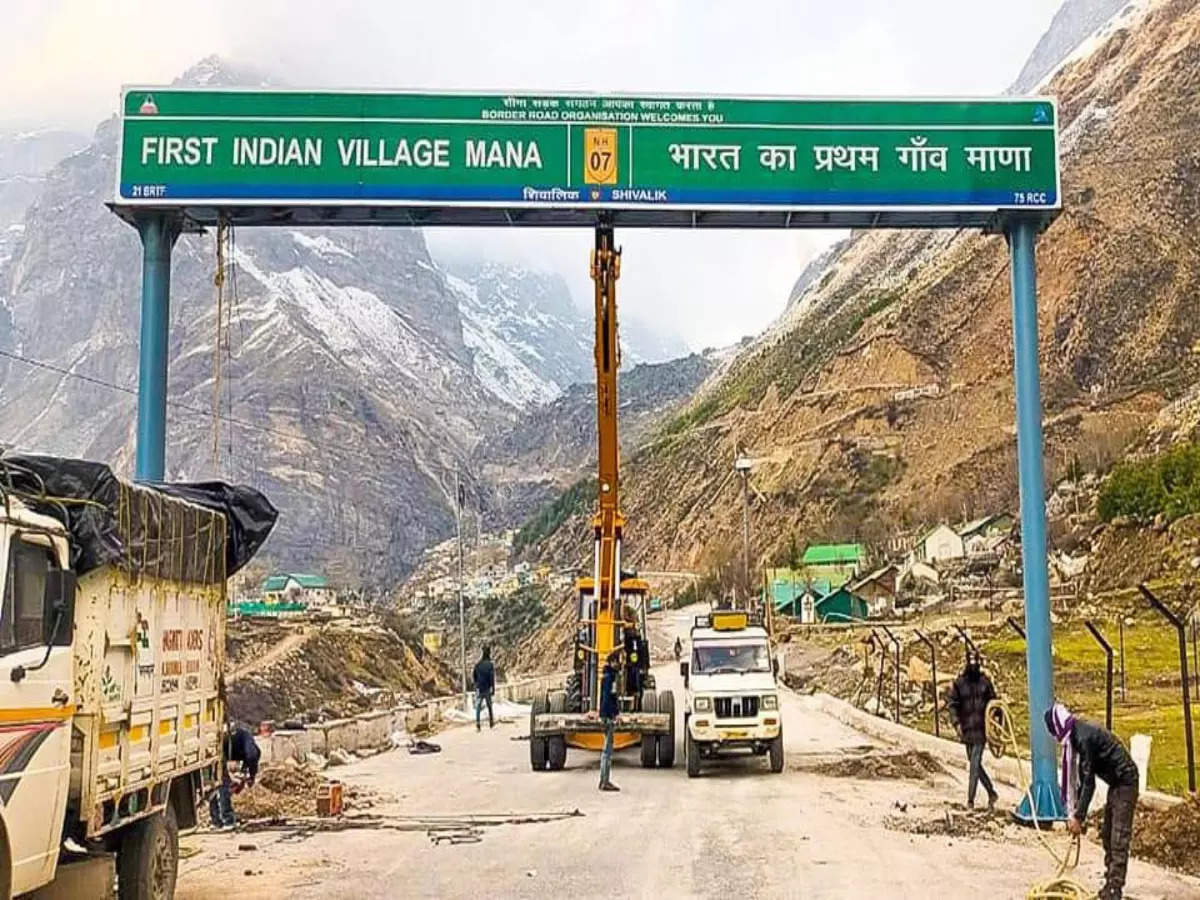
Mana Village
Known as the ‘Last Indian Village’ before the Tibet border, Mana is just a few kilometers from Badrinath. Visitors explore caves, traditional Himalayan homes, and the scenic Saraswati River flowing through the village.

Vasudhara Falls
Located about 9 km from Badrinath, this majestic waterfall cascades from a height of 400 feet, surrounded by Himalayan peaks. It is believed that only the pure-hearted can feel the sacred mist of the falls.
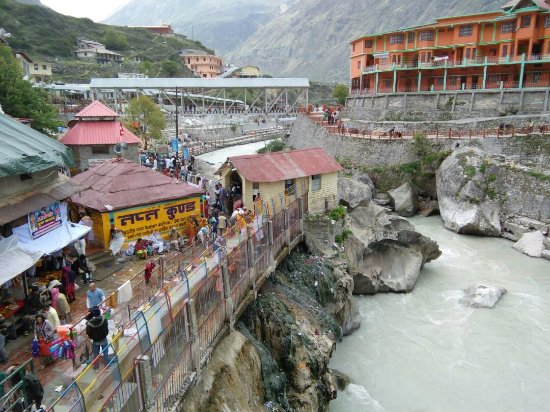
Tapt Kund
A natural hot water spring located just below the Badrinath temple. Pilgrims take a holy dip here before entering the temple, believing the water has healing and purifying properties.

